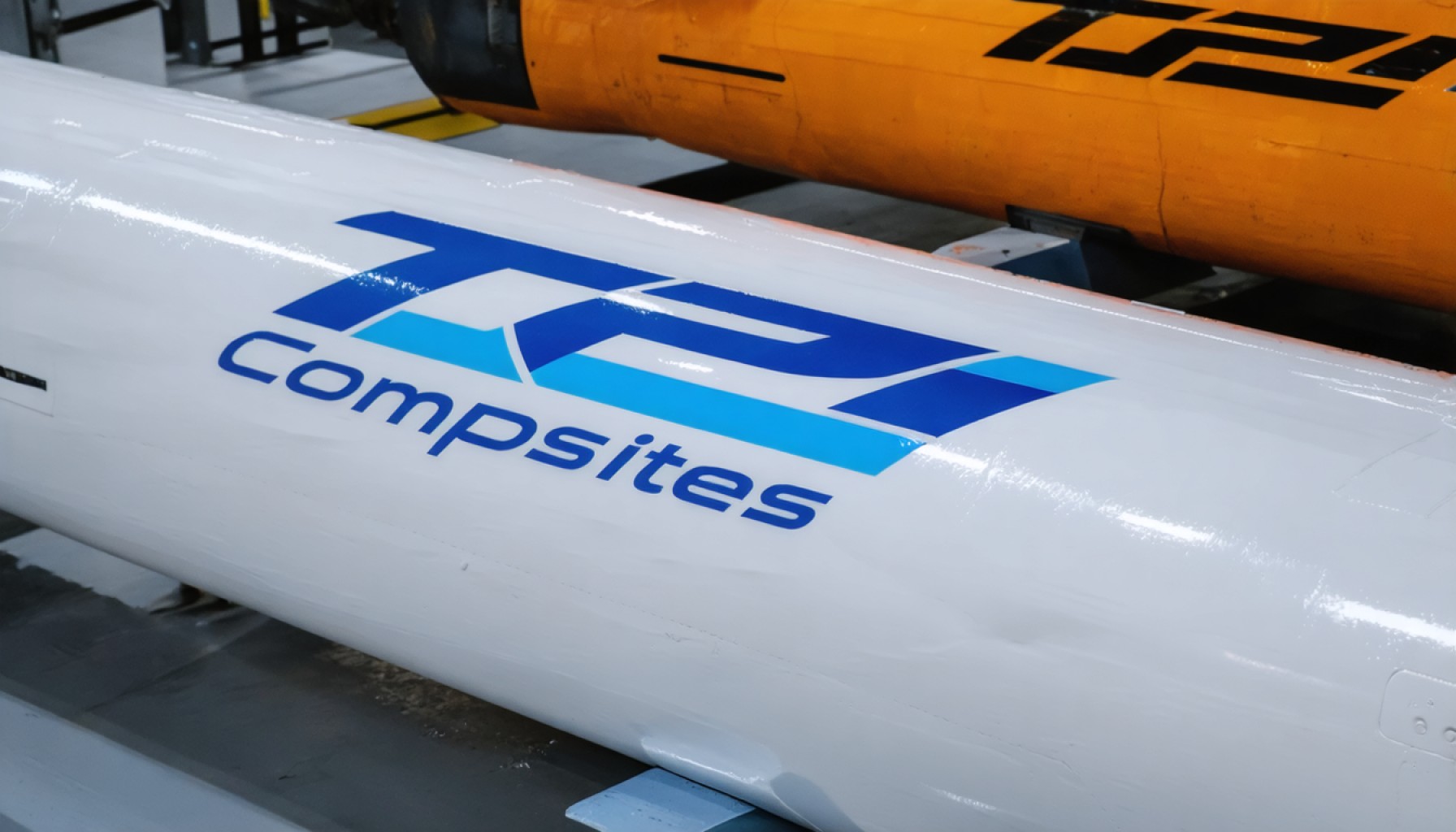- Archer Aviation obtained Part 141 certification from the FAA, allowing pilot training for its eVTOL aircraft.
- The company is set to compete with Joby Aviation in urban air mobility, targeting a service launch by 2025.
- Major challenges include scaling production and proving financial viability.
- eVTOLs could transform city commuting, offering zero-emission travel while integrating seamlessly into urban environments.
- Potential impacts include improved commuter experiences and enhanced emergency response, although infrastructure and public skepticism remain obstacles.
What’s on the horizon for urban mobility? Archer Aviation’s latest leap forward might just be the key. The company’s shares recently soared 6.1%, signaling investor excitement as Archer obtained the much-coveted Part 141 certification from the FAA. This landmark approval lets Archer start training pilots for its futuristic eVTOL (electric vertical takeoff and landing) aircraft, placing it neck-and-neck with rival Joby Aviation in the race to revolutionize city commuting.
Imagine a landscape where air taxis zip past skyscrapers, offering a sleek alternative to gridlocked streets. Archer is inching closer to this vision, poised for a full-fledged service launch by 2025. Yet, the journey isn’t without its hurdles. Scaling production and proving the financial viability of this aerial dream remains a formidable task, requiring both hefty investments and strategic planning.
But beyond financial forecasts and market speculation lies a larger narrative—a future where air travel seamlessly integrates into our daily routines. Cities like Los Angeles and New York could soon witness eVTOLs solving commuter woes, while emergency services gain rapid response capabilities.
The road—or rather, flight path—ahead is brimming with potential. Despite challenges of infrastructure development and public skepticism, especially concerning noise and safety, Archer and its contemporaries are laying the groundwork for a new age of transit. By dominating the skies, they pledge not just convenience but environmental responsibility, with eVTOLs offering zero emissions at their wings.
Archer Aviation stands ready to redefine urban travel, making the skies accessible to more than just birds and planes. Keep watching as they gain altitude in this transformative journey.
Flying Into the Future: How Archer Aviation Could Redefine Urban Mobility
What are the key innovations that Archer Aviation is bringing to urban mobility?
Archer Aviation is at the forefront of transforming urban mobility with its eVTOL (electric vertical takeoff and landing) aircraft. The most significant innovation includes:
– Zero Emissions: The eVTOLs are environmentally friendly, offering a zero-emission alternative to traditional modes of urban transportation.
– Noise Reduction: Archer is focusing on developing quieter aircraft, which is crucial for public acceptance in densely populated urban areas.
– Pilot Training Certification: With the recent Part 141 certification from the FAA, Archer can now professionally train pilots to operate these advanced aircraft, ensuring safety and reliability.
How does Archer Aviation compare with its competitors in the eVTOL market?
Archer Aviation is in a close race with other industry leaders such as Joby Aviation. While both companies aim for commercial launches by 2025, Archer boasts distinct features:
– Strategic Partnerships: Archer is actively collaborating with companies and city administrations to facilitate urban infrastructure development for air mobility.
– Market Readiness: Obtaining FAA certification demonstrates readiness and a competitive edge in pilot training, a critical step towards commercial viability.
– Investor Confidence: Archer’s stock performance is indicative of strong investor confidence, driven by milestones achieved in regulatory approval and technological advancements.
What are the potential challenges and limitations Archer Aviation faces in the eVTOL industry?
Despite the promise of eVTOLs, Archer faces several challenges:
– Infrastructure Development: Creating the necessary infrastructure, such as vertiports and charging stations, is a significant hurdle that requires cooperation from government bodies and urban planners.
– Public Acceptance: Noise and safety concerns remain prevalent, and public education and engagement will be integral to fostering acceptance.
– Financial Viability: Scaling up production and ensuring the financial feasibility of services in a competitive market demand substantial investment and strategic planning.
For more information on how Archer Aviation is redefining urban mobility, visit their main website at Archer Aviation. This resource provides up-to-date information on their innovations, market positioning, and strategic initiatives.


















